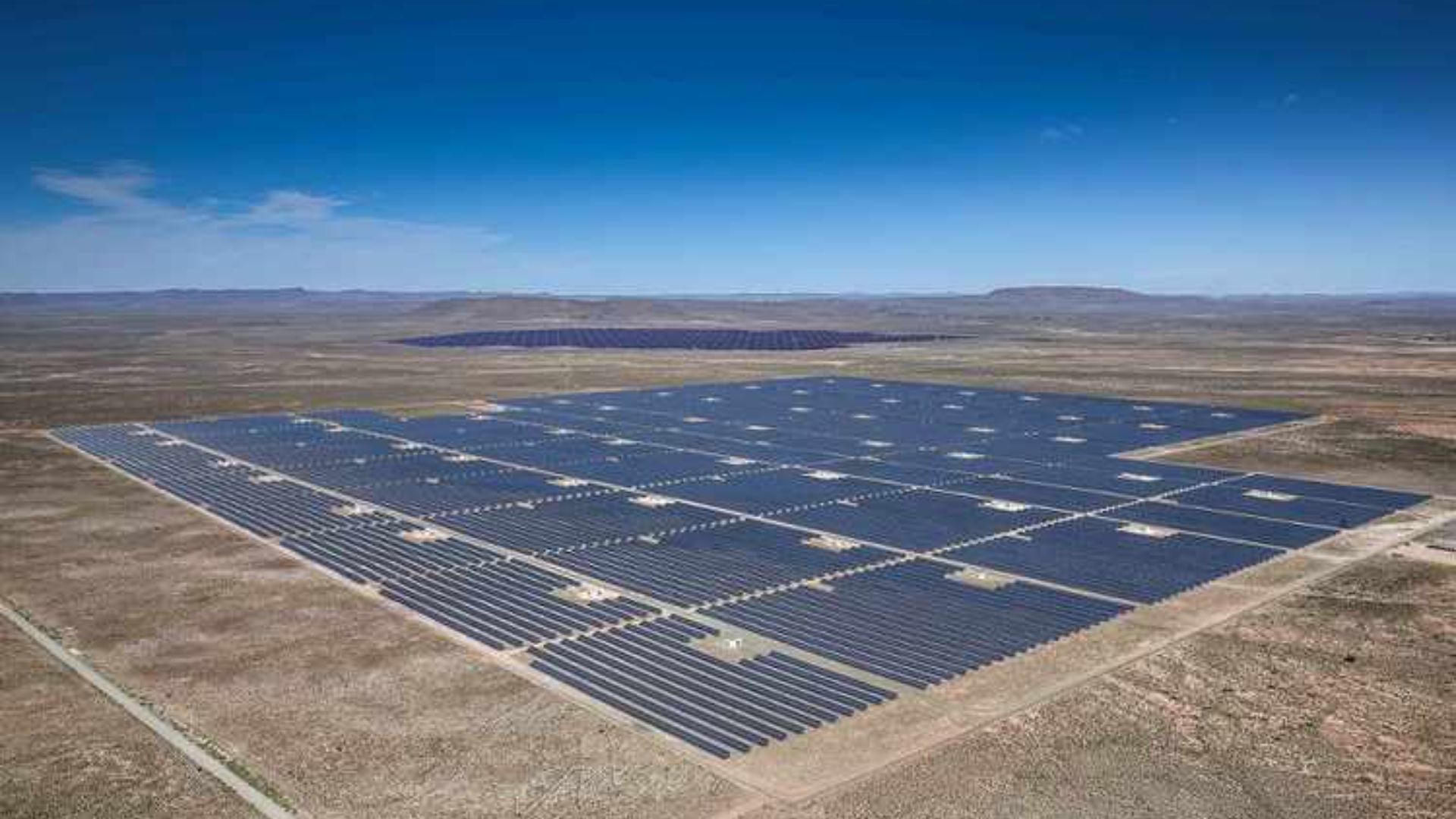Kuwait's Ambitious Drive towards Renewable Energy and Economic Diversification
- Kuwait | 9 May 2018

The notion of peak oil and its potential consequences has long been a topic of debate among analysts and observers in the West. However, while their lifestyles may face challenges, the complete disappearance of oil would not spell immediate doom for their livelihoods. The situation is starkly different in countries like Kuwait, the fifth-largest producer of oil within OPEC. Recognizing the need for sustainable and environmentally friendly alternatives, Kuwait, in line with its Gulf neighbors Saudi Arabia and the UAE, has introduced an ambitious development plan called New Kuwait 2035. This plan aims to diversify the country’s economy away from oil and propel it towards a more sustainable future. Several significant projects have already been completed or are underway as part of this transformative agenda.
Kuwait has set a target of generating 15% of its total energy needs from renewable sources by 2030, along with producing 15% of the energy required for oil production from renewables by 2020. A momentous milestone was achieved in October 2016 with the inauguration of the country’s first-ever solar plant at the Umm Gudair oilfield. This historic achievement involved a USD99 million investment in the Sidrah 500 solar plant, which will provide 10MW of energy. Half of this energy will be supplied to the public electricity network, while the other half will be allocated to the state-run Kuwait Oil Company. Although this output is modest compared to the country’s projected daily energy consumption of 30,000MW by 2030, it represents a significant step in the right direction. Furthermore, in 2015, Kuwait inked a deal with Spain’s TSK to construct a 50MW solar thermal energy plant, demonstrating its commitment to sustainable energy production.
One of the most significant developments is the tendering process initiated in September 2017 for the Dibdibah solar-power plant. This project, with an estimated cost of USD1.2 billion, will be the largest solar undertaking in Kuwait to date. Breaking ground in the first quarter of 2018, it is set to produce 1GW of energy, accounting for half of the country’s renewable energy generation. Spanning a 32-square-kilometer site in the northwest, the plant is expected to be operational by 2020. Once completed, it will save Kuwait 5.2 million barrels of oil and reduce emissions by 1.3 million tons annually.
Given that the oil industry is the largest consumer of energy in Kuwait, the country’s target of powering 15% of this sector with renewables by 2020 necessitates focusing on the refineries themselves. As a crucial component of the New Kuwait 2035 plan, the Environmental Fuel Project aims to upgrade the existing refineries at Ahmadi and Abdullah ports to produce 800,000 barrels of clean fuel per day. With an estimated cost of USD15.5 billion, the project is expected to be completed by October 2018. The returns on investment are projected to reach USD50 million per month, providing an 11.5% net profit for local and international investors. This ambitious endeavor will significantly contribute to Kuwait’s production of clean fuels.
Another noteworthy project under New Kuwait 2035 is the Al-Shegaya Renewable Energy Complex. Anticipated to be completed by 2022, this expansive initiative will become Kuwait’s most versatile source of renewable energy. The complex will include a 50MW solar power station, a 10MW photovoltaic solar power station, a 10MW wind power station, a new electricity grid, and 35km of aero-dynamic lines. As one of the country’s most ambitious projects, it showcases Kuwait’s commitment to embracing a diverse range of renewable energy sources.
Lastly, the New Kuwait 2035 plan encompasses the transformation of the Kabad solid waste treatment plant into a renewable-friendly facility. The existing plant already handles 50% of the country’s solid waste annually. The renovation project, estimated to cost USD763 million, aims to reduce water usage significantly and construct a new factory for converting solid waste into electric power. This public-private partnership is scheduled for completion by the end of 2018.
Kuwait’s pursuit of renewable energy and economic diversification under the New Kuwait 2035 plan reflects a proactive approach towards mitigating the potential challenges of peak oil. The country has made significant strides in solar energy production with the Umm Gudair and Dibdibah solar plants, while the Environmental Fuel Project targets cleaner fuel production in the oil industry. The Al-Shegaya Renewable Energy Complex and the renewable-friendly renovation of the Kabad solid waste treatment plant further underscore Kuwait’s commitment to sustainability. As Kuwait transitions towards a more sustainable and diversified economy, these projects serve as cornerstones in shaping its future.








